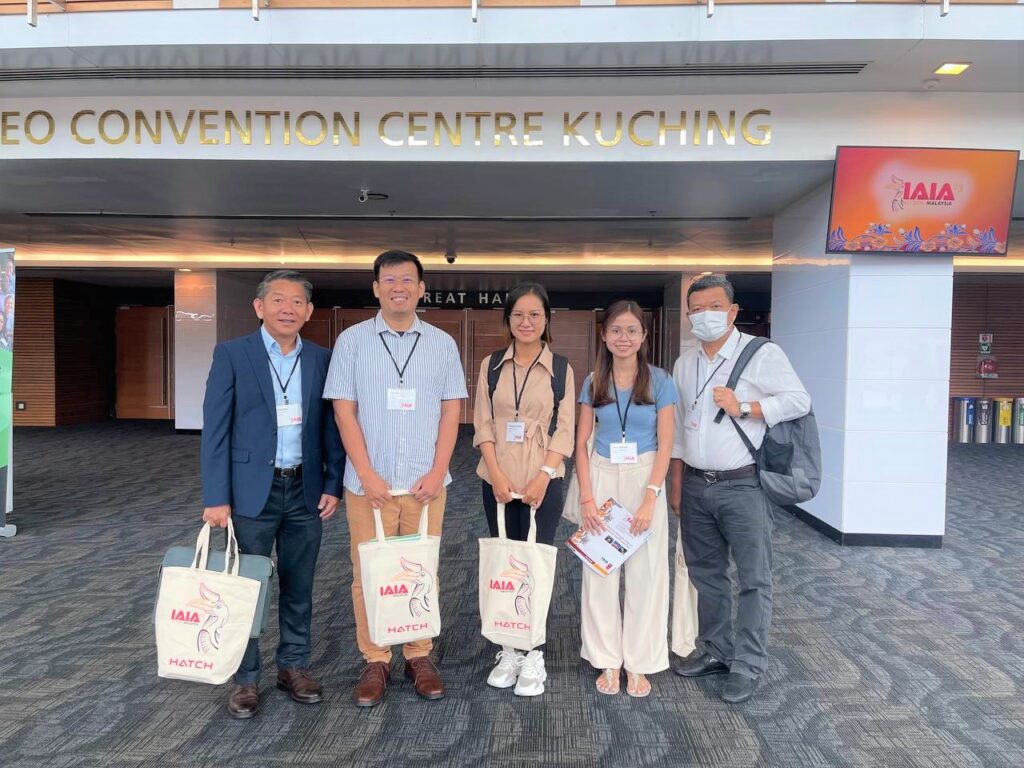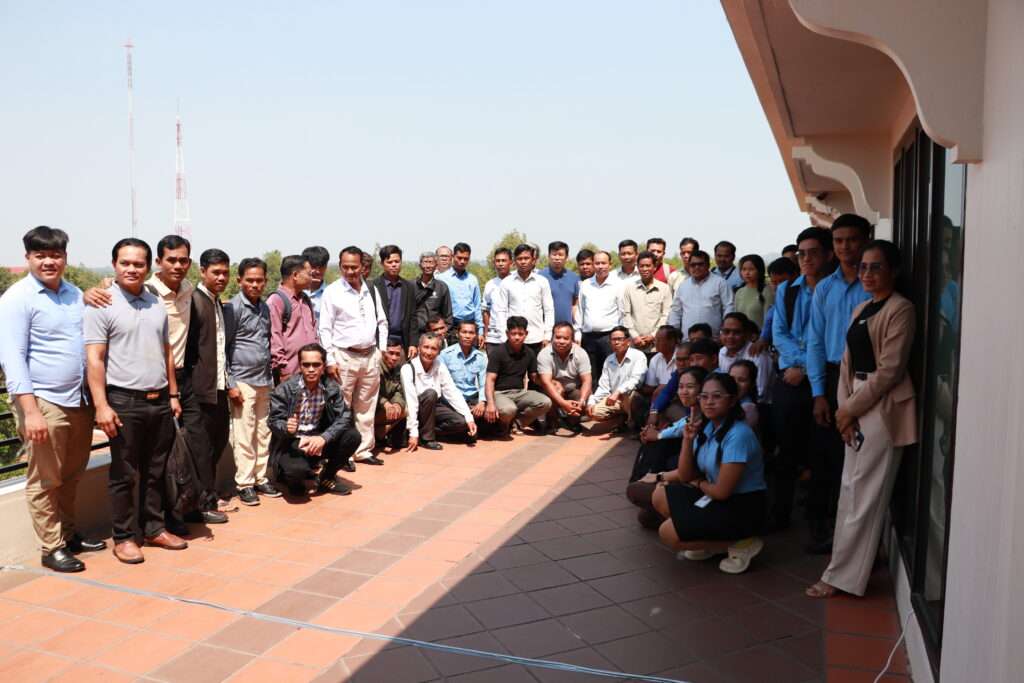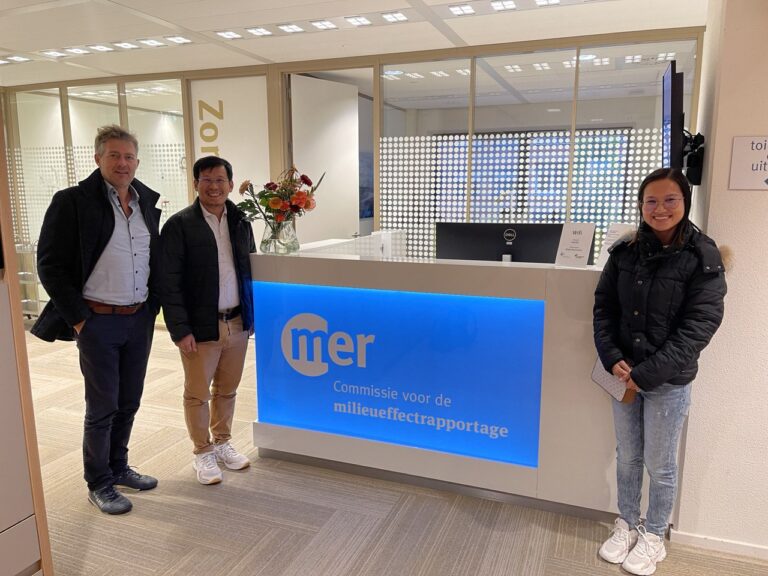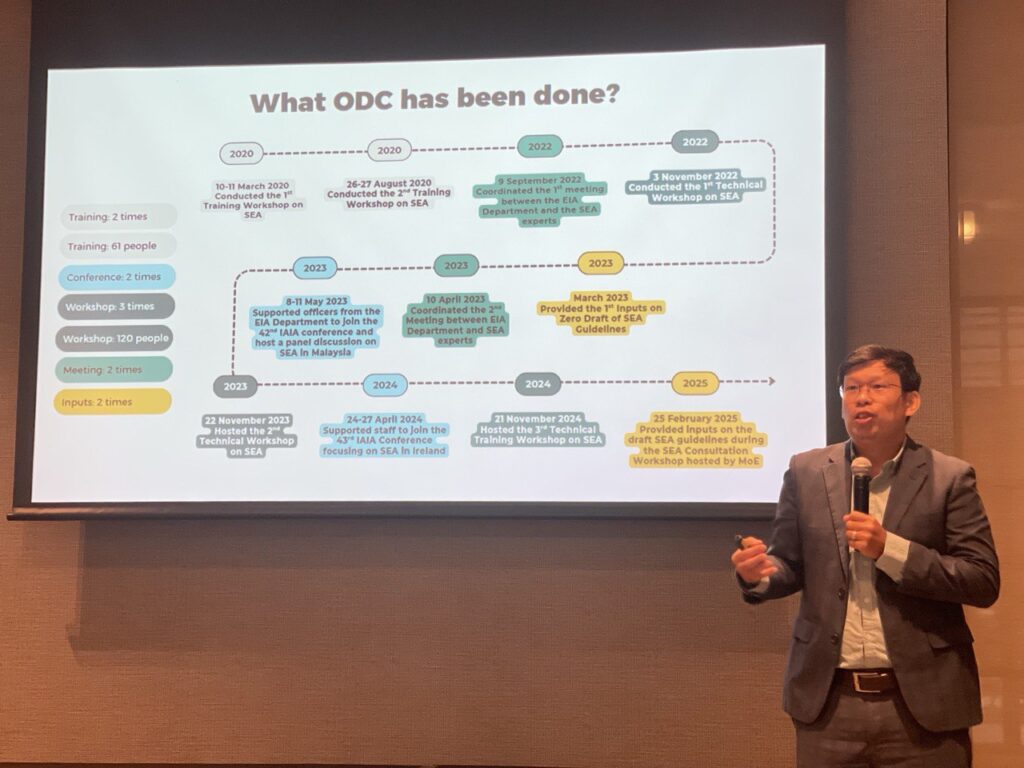From 08 – 11 May 2023, Open Development Cambodia (ODC) attended the 42nd Annual Conference of the International Association for Impact Assessment under the theme of “Resilience through impact assessment and leadership” at Kuching, Malaysia. As part of the partnership on technical assistance for developing SEA guidelines in Cambodia, ODC also supported two government officials from the Department of Environmental Impact Assessment, Ministry of Environment, in attending the conference.

The conference aimed to establish a path to resilience through impact assessment and leadership by organizing presentations on contextual applications and conceptual advances of impact assessment. There are 70 sessions focusing on two main streams: thematic sessions on “resilience through impact assessment and leadership” and general impact assessment sessions.
On 08 May 2023, the program officially started with an opening plenary, seven concurrent sessions, a poster session, and a welcome reception. Similarly, there were nineteen concurrent sessions, six sessions on the theme forum, and other networking/meeting activities on the conference’s second day.
The next day, three sessions focused on the theme forums, and nineteen sessions were concurrent. ODC also hosted a panel discussion on “Strategic environmental assessments (SEA) in Mekong country” to explore the considerations in policy, program, and plan on SEA in Mekong country. Twenty-one experts (08 females), including representatives from the EIA department of the Ministry of Environment in Cambodia and SEA and environmental law experts, joined the discussion to share their experiences and insights on SEA progress, development, and best practices in the region.
The last day of the conference mainly consisted of three sessions for the theme forum, thirteen concurrent sessions, committee meetings, a closing plenary, and exhibit and poster dismantle. During the conference, the ODC team and the two government officials from the EIA Department participated in more than thirty sessions to learn, discuss, and share experiences on impact assessment and leadership across the region. This participation also allowed us to meet more than 600 global experts to explore their perceptions of nations’ interests, sustainable development, indigenous rights, and preservation of biodiversity. It can benefit the consideration to apply in Cambodia to establish a path to resilience through impact assessment and leadership.
Below are some speeches by ODC team after attending IAIA23:
- Mr. Thy Try, Executive Director/Editor-in-Chief of ODC: Attending IAIA23 in Kuching was an incredible experience, reconnecting with experts in impact assessment and leadership. It was my second time attending an IAIA conference in person, with my first experience being in Florence back in 2015. The event in Kuching once again showcased the resilience needed in our SEA and EIA field, and I am truly looking forward to the next IAIA conference in Dublin in 2024, where new insights and opportunities await.
- Ms. Kuoch Layheng, Economics Editor – Researcher of ODC: IAIA23 was an amazing first-time experience for me. Meeting, discussing, learning, and sharing experiences with many experts across the globe was an excellent opportunity for the team and me since we could consider using it to apply in Cambodia’s context.
- Mrs. Koem Chhuonvuoch, Natural Resource and Land Editor – Researcher / Project Coordinator of ODC: IAIA23 on resilience through impact assessment and leadership provided me with a wide range of knowledge and experiences with experts in various fields. We got to see what’s going on and how they handle impact assessment around the world.


